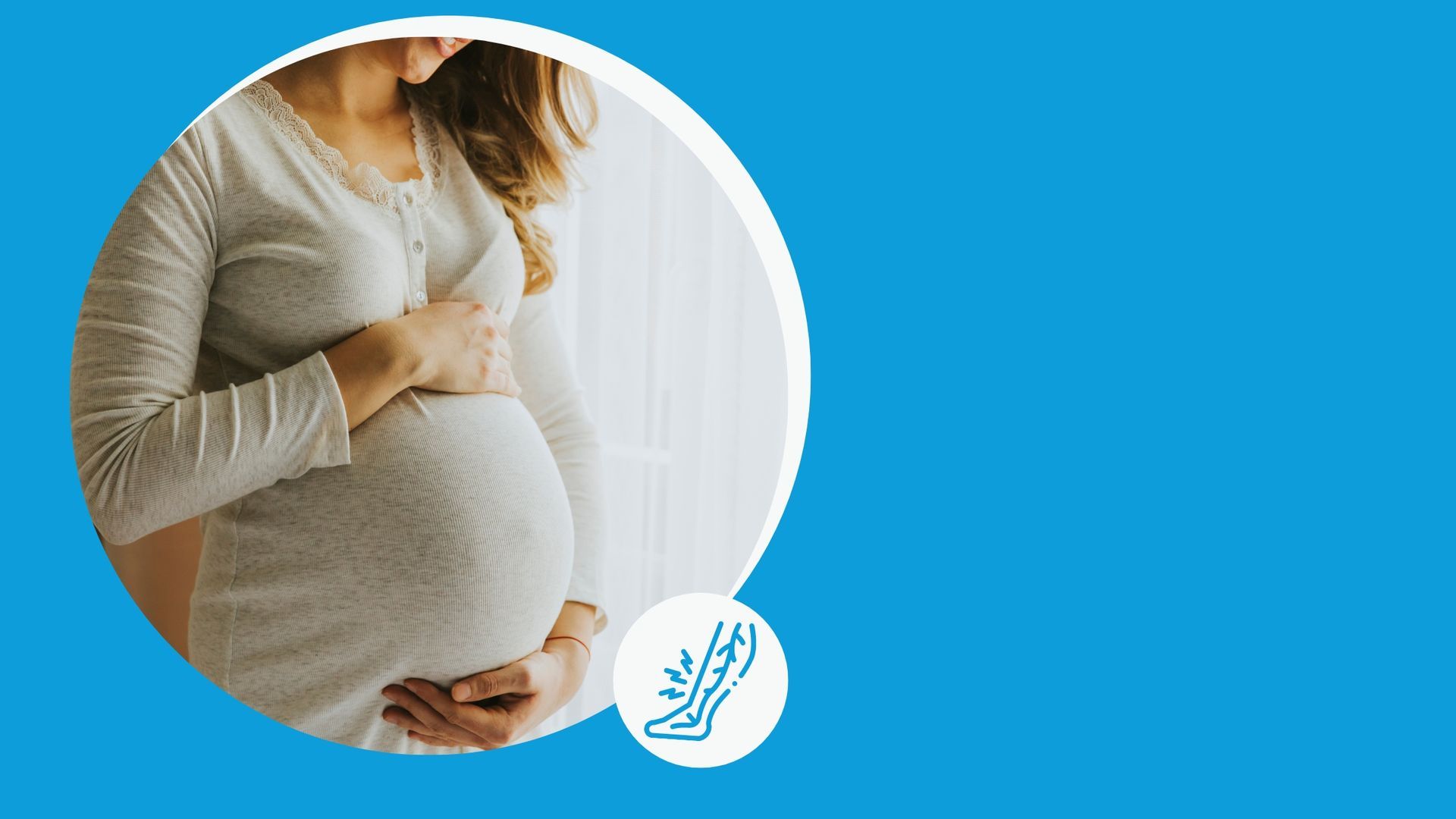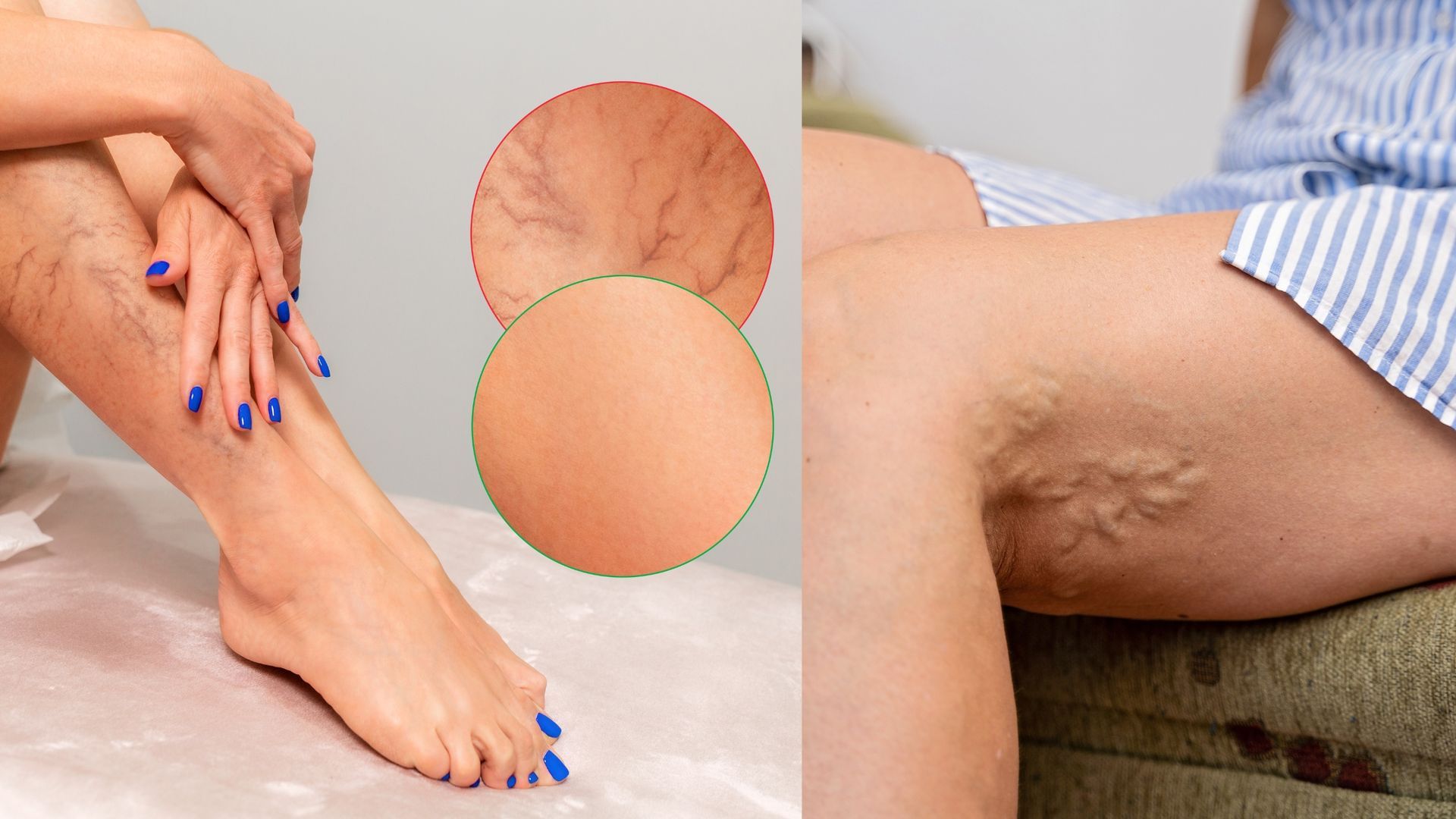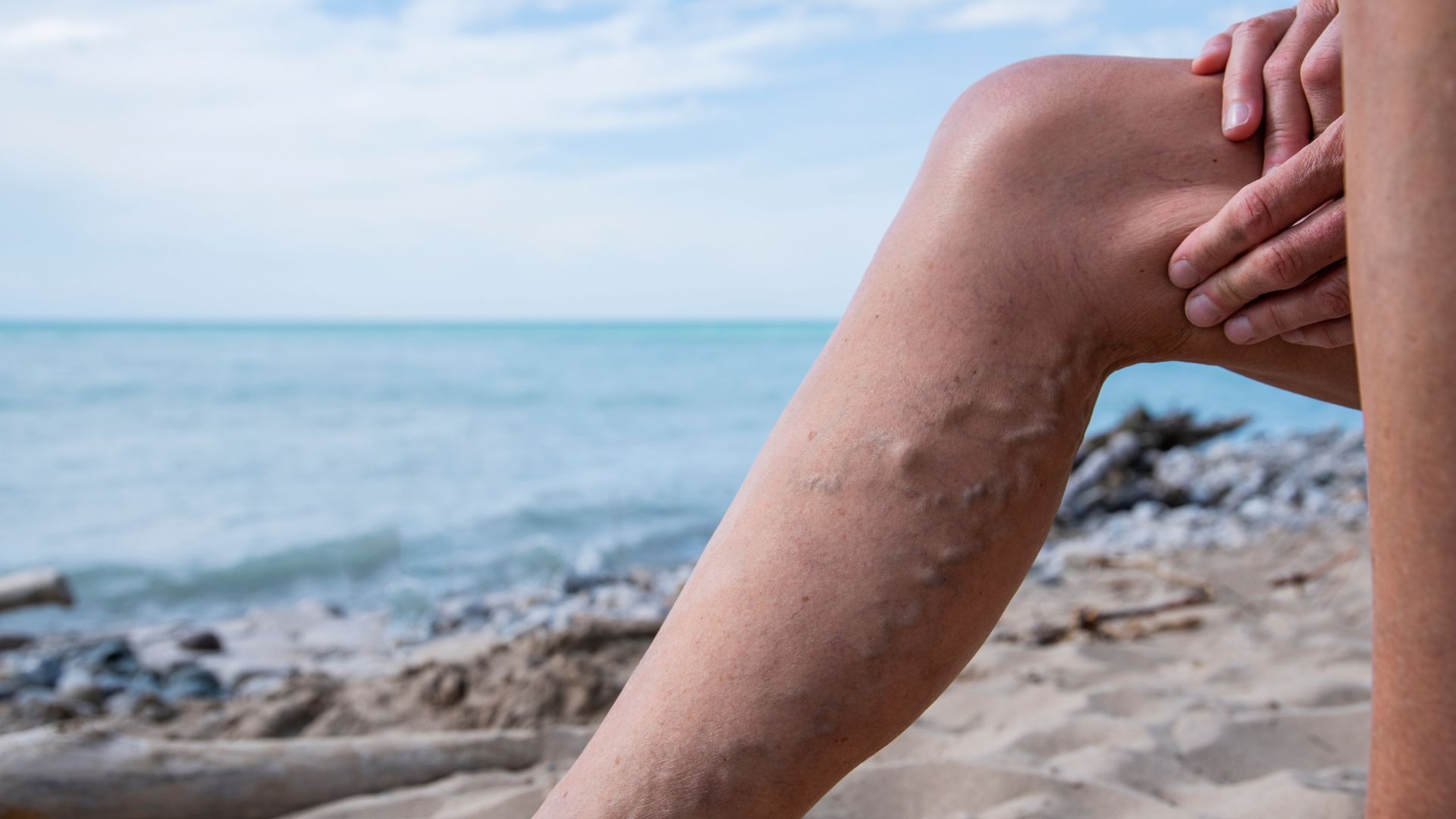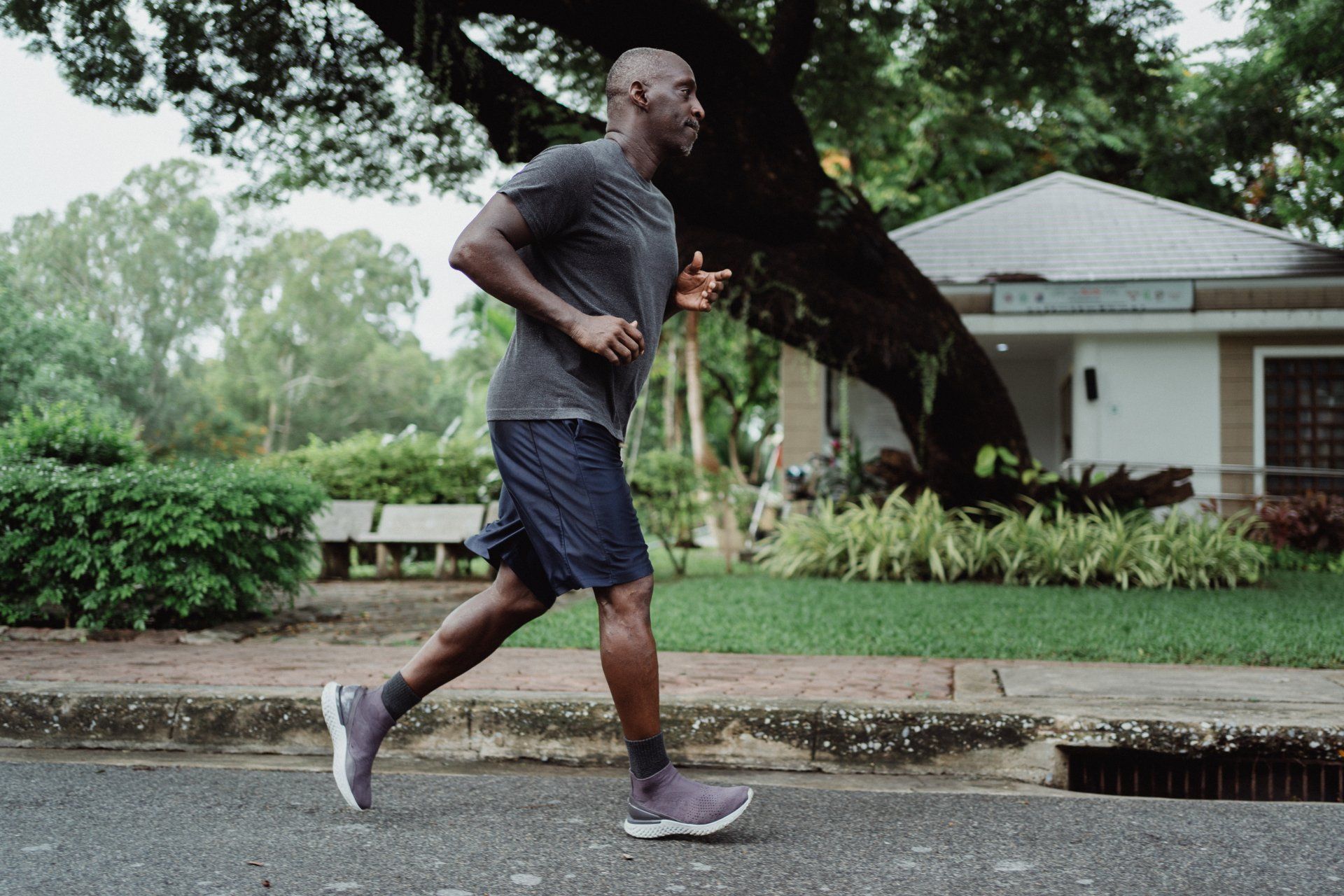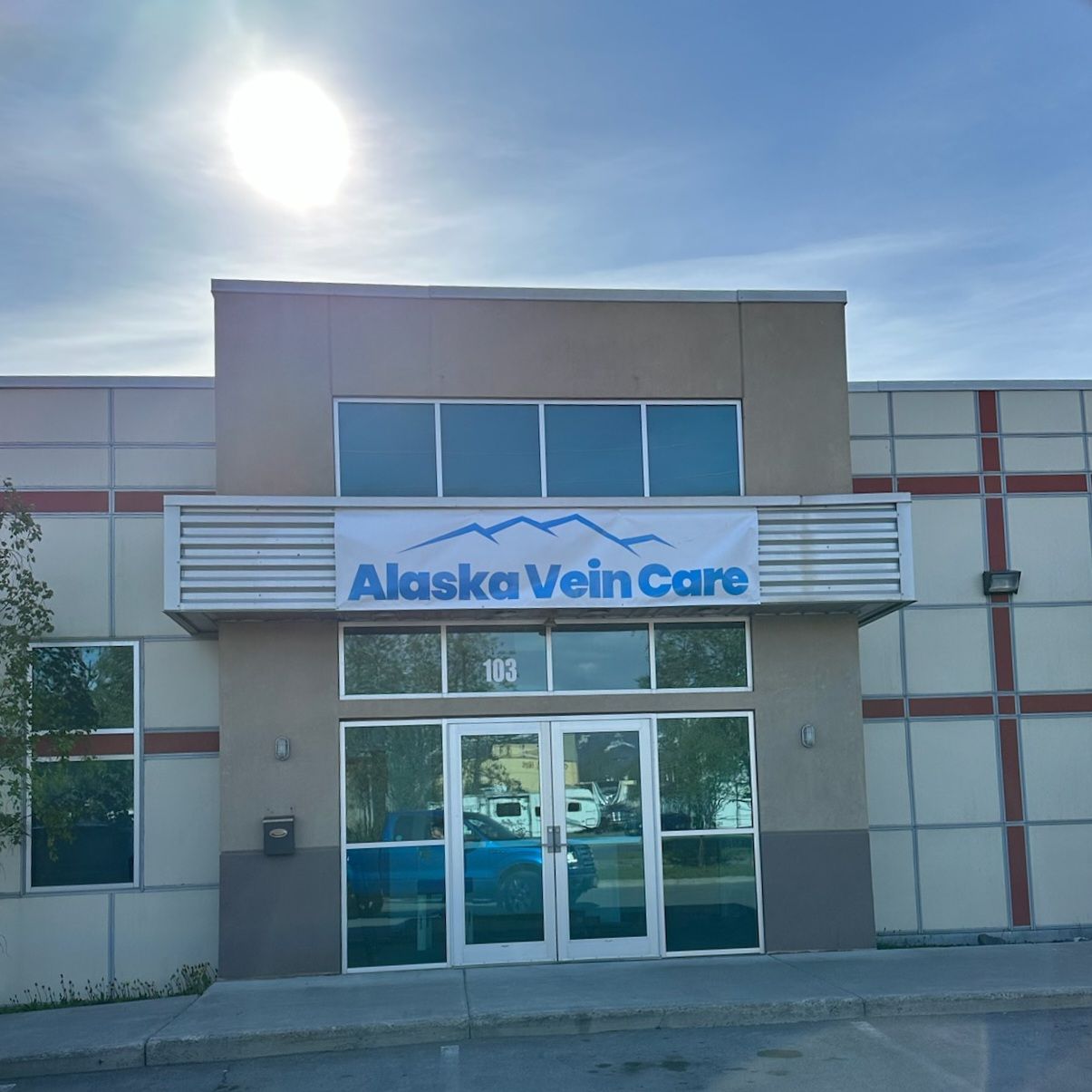These Symptoms Mean It Could Be Time To See A Vein Doctor
When Should A Person Worry About Varicose Veins?
We tend to think of spider veins and varicose veins as strictly cosmetic issues. However, these conditions can have a negative impact on our overall health. They can cause pain and discomfort, and they can limit our ability to perform simple daily tasks. If left untreated, these issues can lead to much more serious conditions.
Although varicose veins can seem simply cosmetic, they are actually considered to be medically necessary. Most major insurance companies will provide coverage these procedures. Before we get into the more common signs that it is time to seek treatment, let's first discuss some of the more subtle symptoms.
Varicose Veins:
Veins are responsible for carrying waste products and carbon dioxide from the cells back to the lungs and heart. They work by using one-way valves to fight gravity that work majorly in tandem with the muscle contractions that take place during movement. When the valves fail, the blood can't efficiently flow out of the legs. This leads to a pooling and backflow, which eventually leads to the development of more twisted and bulging veins.
Some Common Risk Factors For Varicose Veins:
- Genetics: Your family history can affect your chances of developing varicose veins. If one of your relatives has these conditions, then you are more likely to have them as well.
- Gender: Women are more prone to developing varicose veins due to changes in their hormonal levels during pregnancy, menopause, and throughout their lives. In the US, about 1 in 3 women have these conditions.
- Pregnancy: During pregnancy, blood volume increases, and the level of estrogen and progesterone fluctuate. This can increase the risk of developing varicose veins.
- Physical Injury: Getting injured in car accidents, sports injuries, and even previous surgery can all lead to damage to the veins.
- Age: As we age, vein disease progresses and the function of blood vessels only continues to decline.
- Being Overweight: Obese people are more prone to developing varicose veins due to the increased pressure that their veins experience due to their weight.
Signs That Varicose Veins Need Professional Care:
Although many people may recognize that they have varicose veins, they might not know when it is vital to consult a vein specialist or primary care physician for the issue. If you notice any of these symptoms, then it is time to get in touch with a medical professional.
- Heaviness in the legs
- Pain and aching legs for no apparent reason
- Burning, throbbing, or itching in the legs
- Muscle cramping in the legs - specially when laying down for bed
- Swelling around the knees
- Skin discoloration in the legs
- Wounds on the legs that won't heal
- Pain and swelling that won't subside
- Bleeding varicose veins
- Large veins that are red or warm and cause pain when touched
Possible Issues Caused By Leaving Varicose Veins Untreated:
While some may not experience serious complications, there are some cases where more serious issues can arise from not seeking medical care for vein disease. Here are some of the many possible problems that can be caused by neglecting varicose veins.
- Deep vein thrombosis
- Lymphedema
- Cellulitis
- Skin ulcers
- Pulmonary embolism
Varicose veins and other forms of vein disease can be serious and shouldn't be taken lightly. If someone finds themself suffering from any of these symptoms, they should speak with their primary care provider about vein treatment.
Anyone in the state of Alaska is welcome to come visit one of our clinics to seek help with vein problems. We're located in Kenai, Anchorage, Wasilla, and Juneau. Our main office can be reached at (907) 334-3347.
Please remember that this article is intended strictly for educational purposes. Direct all medical questions to a specialist or your primary care provider.
Articles
